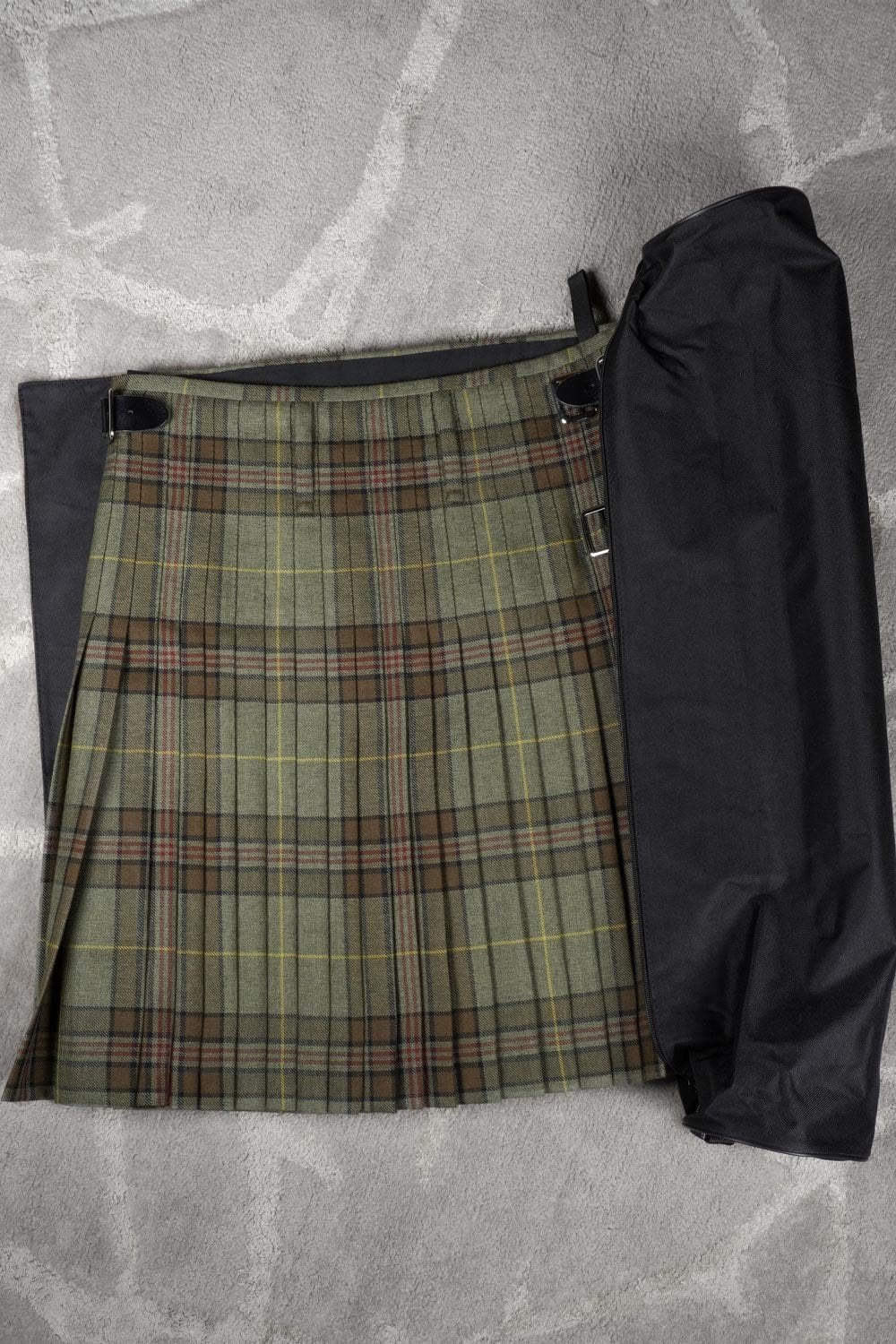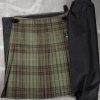How to Transport Your Kilt Safely: A Guide for Travelling Scots
Scotland’s national dress is as stylish as it is steeped in tradition, but for anyone who has ever had to pack a kilt, you’ll know that transporting one safely can be a challenge. A kilt is a significant investment, often made of high-quality wool and carefully pleated to ensure a perfect drape. Whether you’re heading to a wedding, a Highland games event, or a formal gathering, making sure your kilt arrives in pristine condition is essential.
In this guide, we’ll explore the best ways to transport your kilt safely, ensuring that it remains wrinkle-free, undamaged, and ready to wear as soon as you arrive at your destination.
1. Use a Proper Kilt Carrier
One of the best ways to transport your kilt safely is by investing in a high-quality kilt carrier. These specially designed garment bags come with internal straps to secure the kilt in place and prevent it from shifting during travel. Many kilt carriers also feature extra pockets for accessories like sporrans, flashes, and belts, keeping everything together in one convenient package.
Look for a kilt carrier made from breathable material to prevent moisture build-up and ensure your kilt stays fresh during transit. If you travel frequently with your kilt, consider a hard-shell case for added protection against impacts and rough handling.
Here is a favourite kilt bag from 8 Yards. Kilt carrier which is only £22.

2. Rolling vs. Folding
If you don’t have a kilt carrier, you’ll need to decide whether to roll or fold your kilt. Rolling is generally preferred because it reduces the likelihood of deep creases and protects the pleats. To roll your kilt properly:
- Lay it flat with the pleats carefully arranged.
- Start rolling from the top waistband downwards.
- Keep the roll tight but not so tight that it puts stress on the fabric.
- Store the rolled kilt in a fabric bag or wrap it in a soft cloth before placing it in your suitcase.
If you must fold your kilt, do so carefully by folding along the pleats to avoid disrupting their shape. Place tissue paper between folds to minimise wrinkles.
3. Pack with Care
Regardless of whether you roll or fold your kilt, proper packing is key to preventing damage. Place your kilt in the suitcase last, so it rests on top of other items and doesn’t get compressed under heavy belongings. If possible, store it in a section of your bag where it won’t shift around too much.
If you’re carrying additional accessories like a jacket, shirt, or waistcoat, consider using garment bags or separate compartments to keep everything organised and avoid unnecessary creases.
4. Carry-On vs. Checked Luggage
When flying, carrying your kilt in hand luggage is the safest option. Checked luggage is often tossed around, and delicate pleats can suffer if the kilt is packed improperly or subjected to heavy pressure. If your kilt must go in checked luggage, ensure it’s in a protective carrier or well-cushioned with clothing.
5. Use a Travel Steamer or Iron
Even with the best precautions, some wrinkles may develop during transport. A travel steamer is a handy tool for refreshing your kilt once you arrive. Simply hang your kilt up and use the steamer to gently remove creases without damaging the fabric.
If you don’t have a steamer, you can use an iron on a wool setting with a damp cloth between the iron and the kilt to protect the material. Avoid direct heat on the pleats, as excessive pressure can flatten them.
6. Hanging and Storing Upon Arrival
Once you arrive at your destination, remove your kilt from your bag or carrier as soon as possible. Hang it up on a wide hanger to allow any creases to fall out naturally. If you have a hotel bathroom, hanging the kilt while you take a hot shower can help loosen wrinkles, thanks to the steam.
If you’re staying for an extended period, store your kilt in a breathable garment bag to protect it from dust and moisture.
7. Emergency Fixes on the Go
Sometimes, unexpected situations arise while travelling. Here are a few quick fixes:
- Lint Roller – Perfect for removing dust, pet hair, or lint before wearing your kilt.
- Fabric Brush – Helps maintain the kilt’s wool fibres and keeps it looking fresh.
- Portable Steamer – As mentioned earlier, this is ideal for removing last-minute wrinkles.
- Safety Pins – Can temporarily secure pleats if they lose shape.
A well-maintained kilt is a symbol of tradition, pride, and elegance, so taking the time to transport it properly is well worth the effort. Whether you opt for a dedicated kilt carrier, rolling technique, or garment bag, following these simple steps will ensure that your kilt stays in perfect condition, no matter where your travels take you.
By taking the right precautions, you can step out in your full Highland dress looking as sharp as ever—ready to honour Scotland’s heritage in style!




